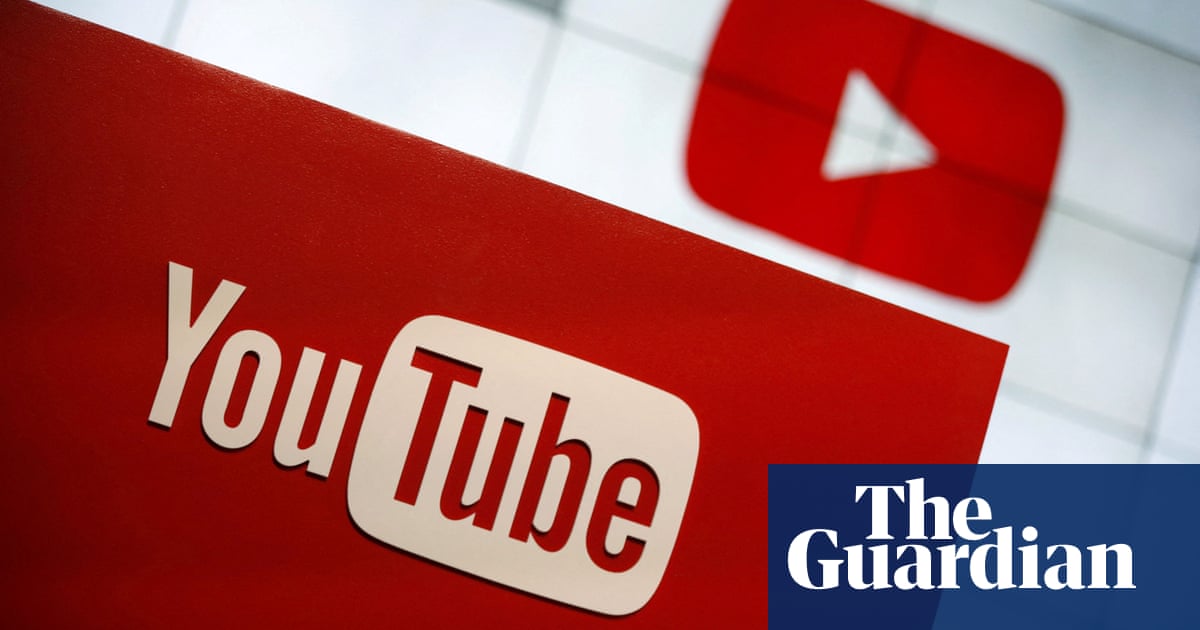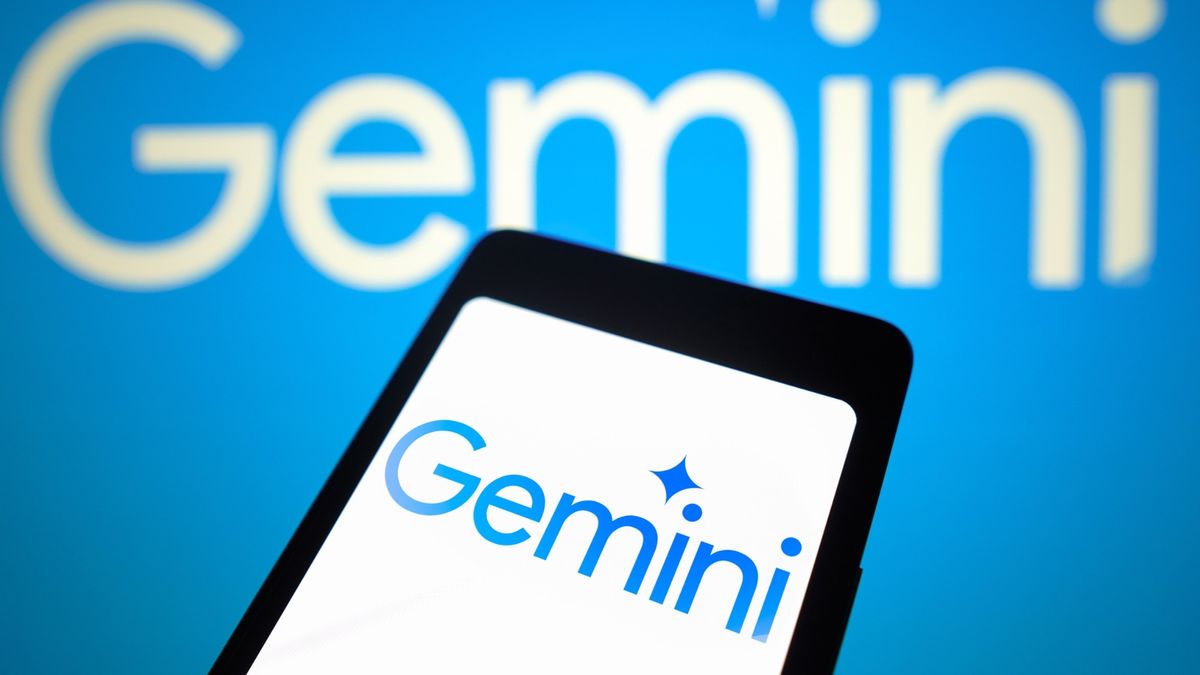YouTube will reduce teens’ exposure to videos that promote and idealize certain fitness levels, body types or weight. The platform acknowledges that while a single video may not be inherently harmful, repeated exposure to similar content can shape teens’ perceptions of themselves in detrimental ways. YouTube will adjust its algorithms to prevent this content from being recommended to teen users repeatedly.

Also Read: Acer Nitro Blaze 7: Acer’s First Handheld Gaming PC with Ryzen AI
Videos that compare physical features and promote certain body types over others such as beauty tutorials designed to alter facial features like making a nose appear slimmer.
Fitness-related content that idealizes a particular body shape or encourages viewers to pursue certain aesthetic goals. Content showcasing social aggression such as non-contact fights, intimidation and displays of dominance.
One of YouTube’s issues has been its recommendation system, which often leads users down rabbit holes of related content. While YouTube’s recommendations are generally driven by user engagement and viewing history, these changes are designed to stop the platform from repeatedly pushing harmful content to teens, even if they initially engage with it.
The platform acknowledges that content recommendations do not always breach the platform’s guidelines, but the cumulative effect of repeated recommendations can harm teens.
According to YouTube’s global head of health, Dr. Garth Graham repeated exposure to content featuring idealized body standards can shape unrealistic expectations and negative self-perceptions in teenagers.
These new measures was first tested in the United States and are now being rolled out worldwide. In regions like the UK, the initiative aligns with legislation such as the Online Safety Act, which requires technology companies to protect under-18s from harmful content.
Alongside these content restrictions YouTube has introduced tools that allow parents to monitor their teens’ activities on the platform. Parents can now link their accounts with their teen’s YouTube account gaining insight into the teen’s uploads, subscriptions and general activity on the platform.
These tools are designed to give parents more control over what their children are exposed to, especially in terms of video content and the impact on their mental health.
Parents who link their accounts with their teen’s YouTube account will receive notifications about their child’s channel activity including the number of uploads, subscriptions and any live streams they start.
These notifications will enable parents to stay informed about what content their children are consuming and participating in.
YouTube and other platforms face pressure from governments and regulators to reform their algorithms. For example the UK’s communications regulator, Ofcom has urged tech companies to ensure their algorithms do not push toxic content to children.
Ofcom’s May 2024 report called for platforms to take a more active role in protecting young users from harmful material by reformulating their recommendation systems.
Also Read: GoPro Launches Hero 13 Black and New Hero Camera
The platform is working on a synthetic-singing identification tool designed to help musicians and artists detect AI-generated content that replicates their singing voices.
This technology will be integrated into YouTube’s existing Content ID system. This tool allows creators to automatically identify and manage AI-simulated content of their voice.
According to YouTube’s vice president of creator products, Amjad Hanif, the company is refining this technology with its partners. A pilot program for the tool is expected to launch in early 2025.
Musicians and artists have voiced concerns about AI models creating songs using their voices without permission.
The platform is developing a new technology that allows creators, actors, musicians and athletes to detect and manage AI-generated content that simulates their faces.
Deepfakes, which use AI to create realistic, yet fake videos of individuals, have been a concern across various industries.
YouTube’s face detection tool will give creators the ability to spot deepfake videos and take action against their unauthorized use.
The platform’s new tools for detecting AI-generated content are built on the platform’s existing Content ID system, which has been in place since 2007.
The Content ID system is a critical tool for creators allowing them to monitor and manage the use of their work across the platform. Content ID processes billions of claims each year and is integral to how creators protect their content such as videos and music.
By adding AI detection capabilities to Content ID, YouTube ensures that creators have another layer of protection in the age of AI-generated content.
The platform is also introducing measures to prevent third-party AI tools from scraping content off its platform. Scraping refers to the process where AI tools access and use content without proper authorization, which is often a first step in generating AI-created videos or voice simulations.
To counter this YouTube will block unauthorized access to its platform and improve its systems that detect such activities. These measures ensure that third parties respect the terms of use, safeguarding creators from having their content misused by external AI systems.
Also Read: Google Pixel 9 Pro Review: The Best Compact Android Phone




/cdn.vox-cdn.com/uploads/chorus_asset/file/23986640/acastro_STK092_04.jpg)


















